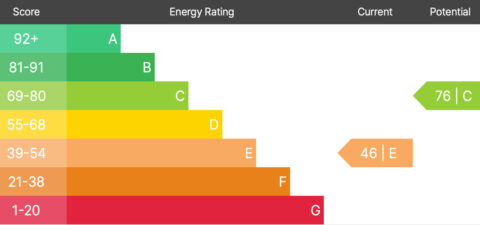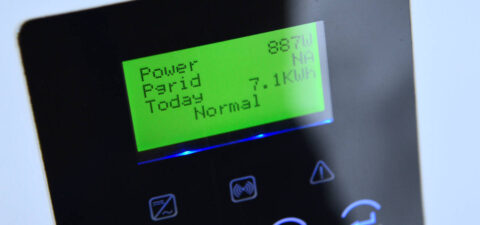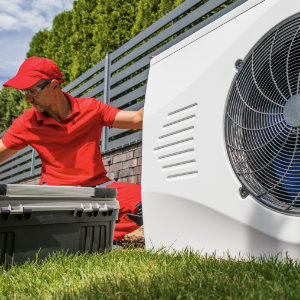365 days a year, 24 hours a day, fridges and freezers have to be on all the time and can use a lot of energy (about 17% of all energy used in Britain today). So when you buy a new model, make sure it’s energy efficient.
By law, new fridges and freezers must carry the European Energy Label rating each one from A++ (most energy efficient) to G (most energy inefficient). Larger models tend to use more electricity and chest freezers tend to be more energy efficient than upright ones. Frost Free freezers use more energy than manually defrosted ones. Use this site to find the best products on the market today.
Emissions
Thankfully most of the refrigerants of the past that were harmful to the ozone layer have been phased out. These included CFCs, HFCs and HCFCs.
However, it’s still possible that some cheaper fridges and freezers may use HFCs, so do check which refrigerant is used when buying your new product. Most modern products use Greenfreeze technology, which is not harmful to the atmosphere.
When should you replace old fridges and freezers?
The energy efficiency of kitchen appliances has improved dramatically in recent years due to stricter regulations and improved technology. Use our electricity cost calculator for Fridges and Freezers to see how much you could save per year.
Disposal of old fridges and freezers
Fridges and freezers need to be disposed of properly. Your new supplier may be prepared to take away your old appliances, or contact your local authority. Also see our guide to the (WEEE) Directive.

































